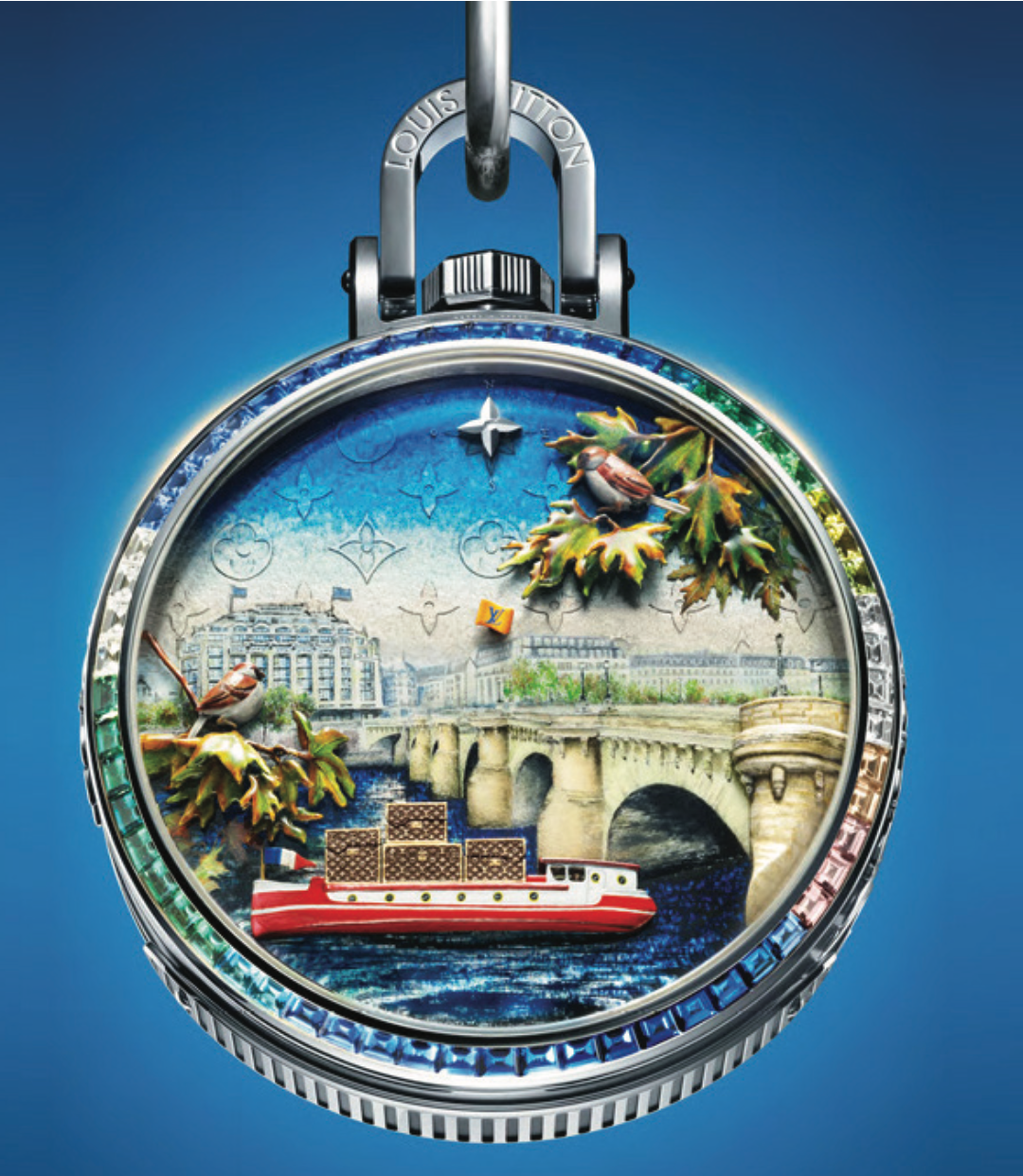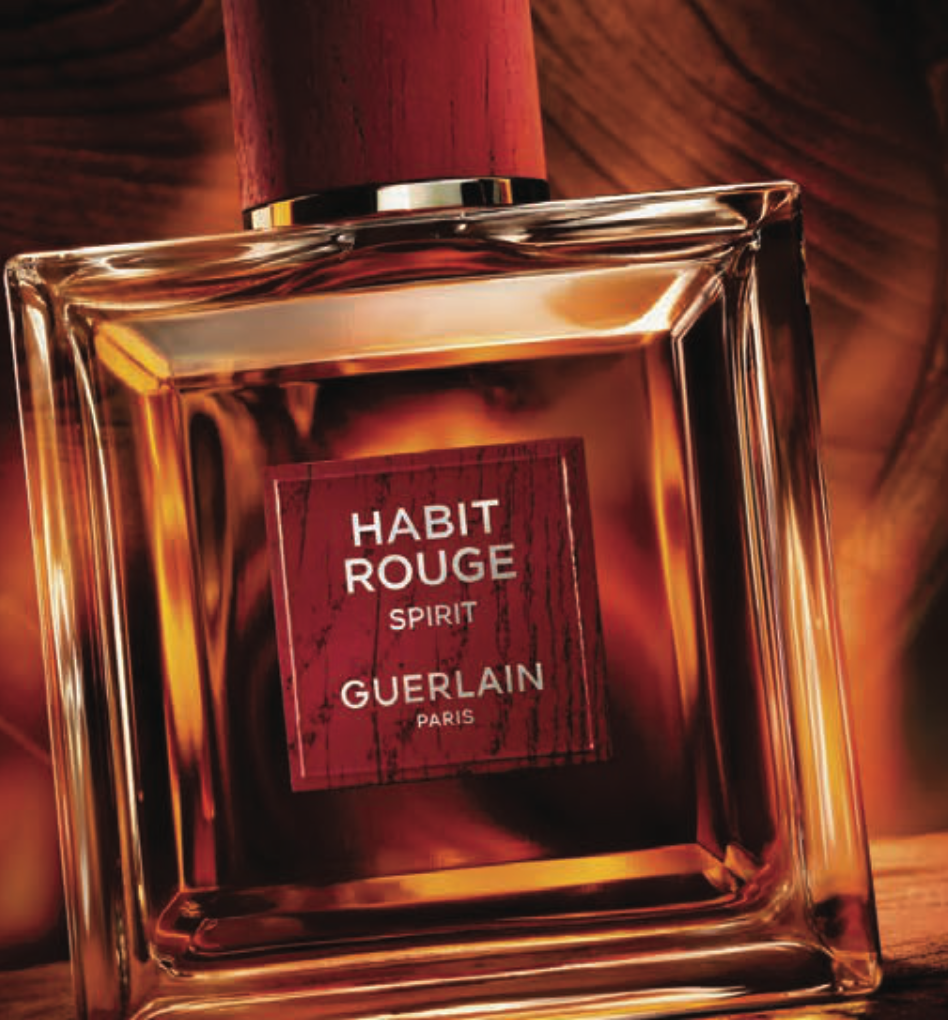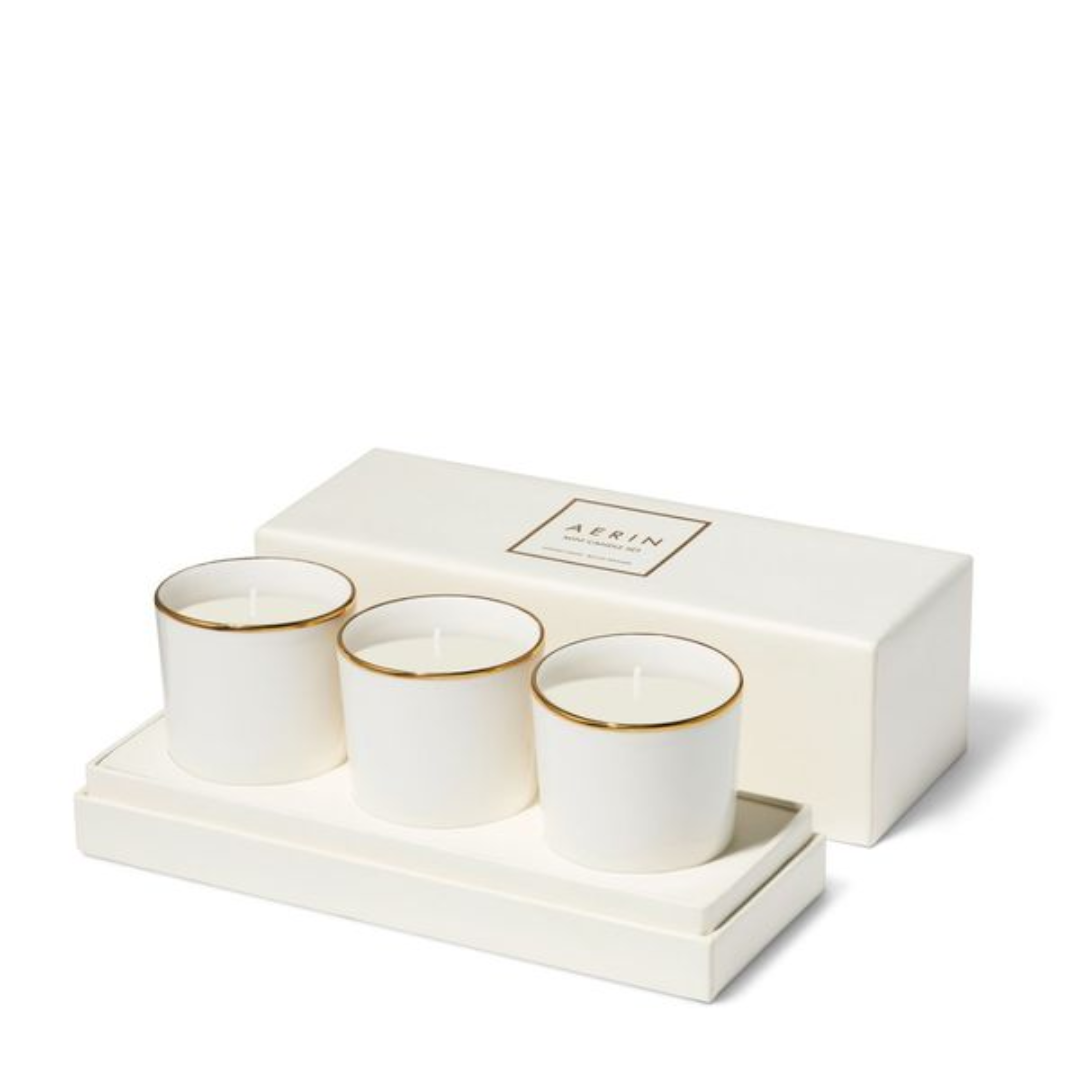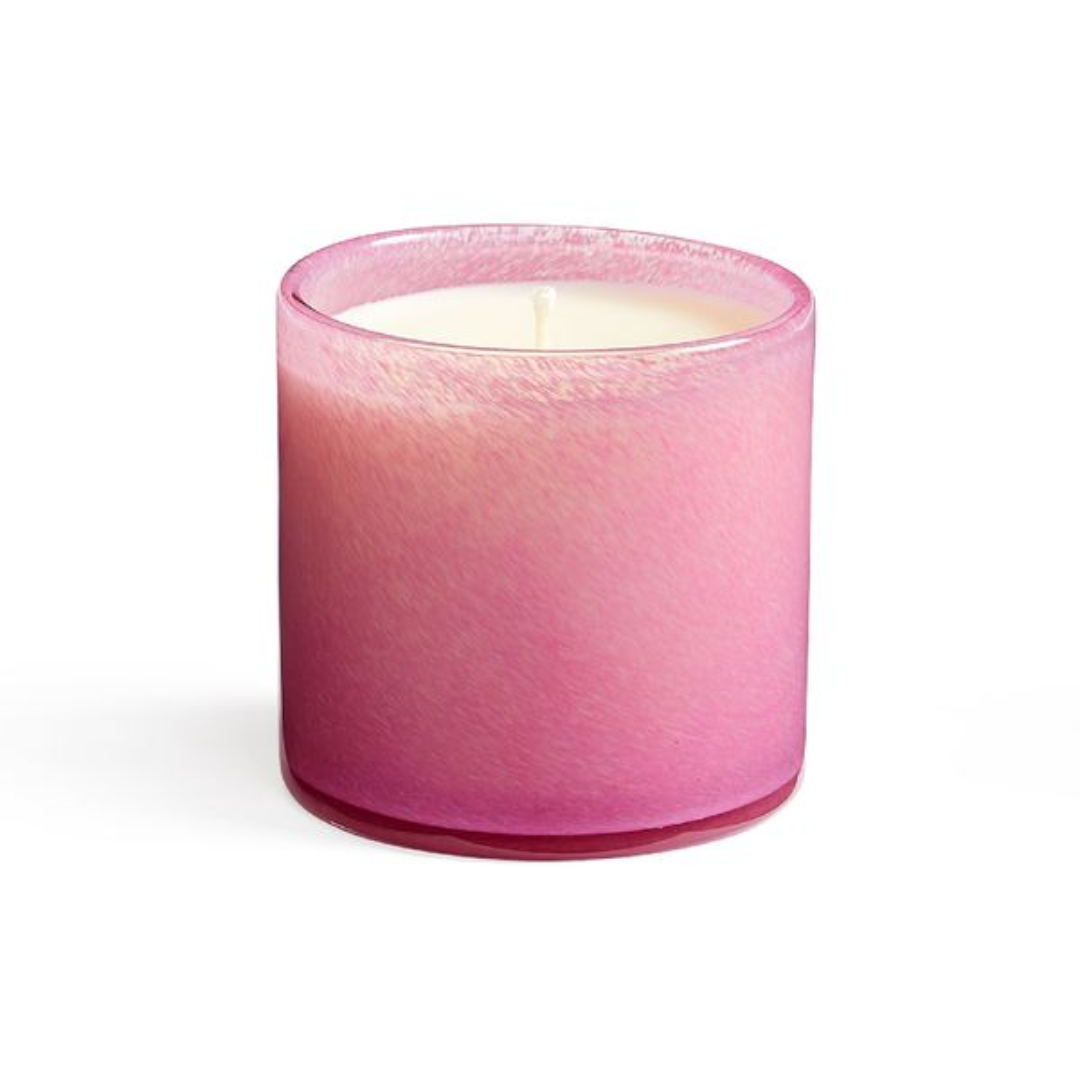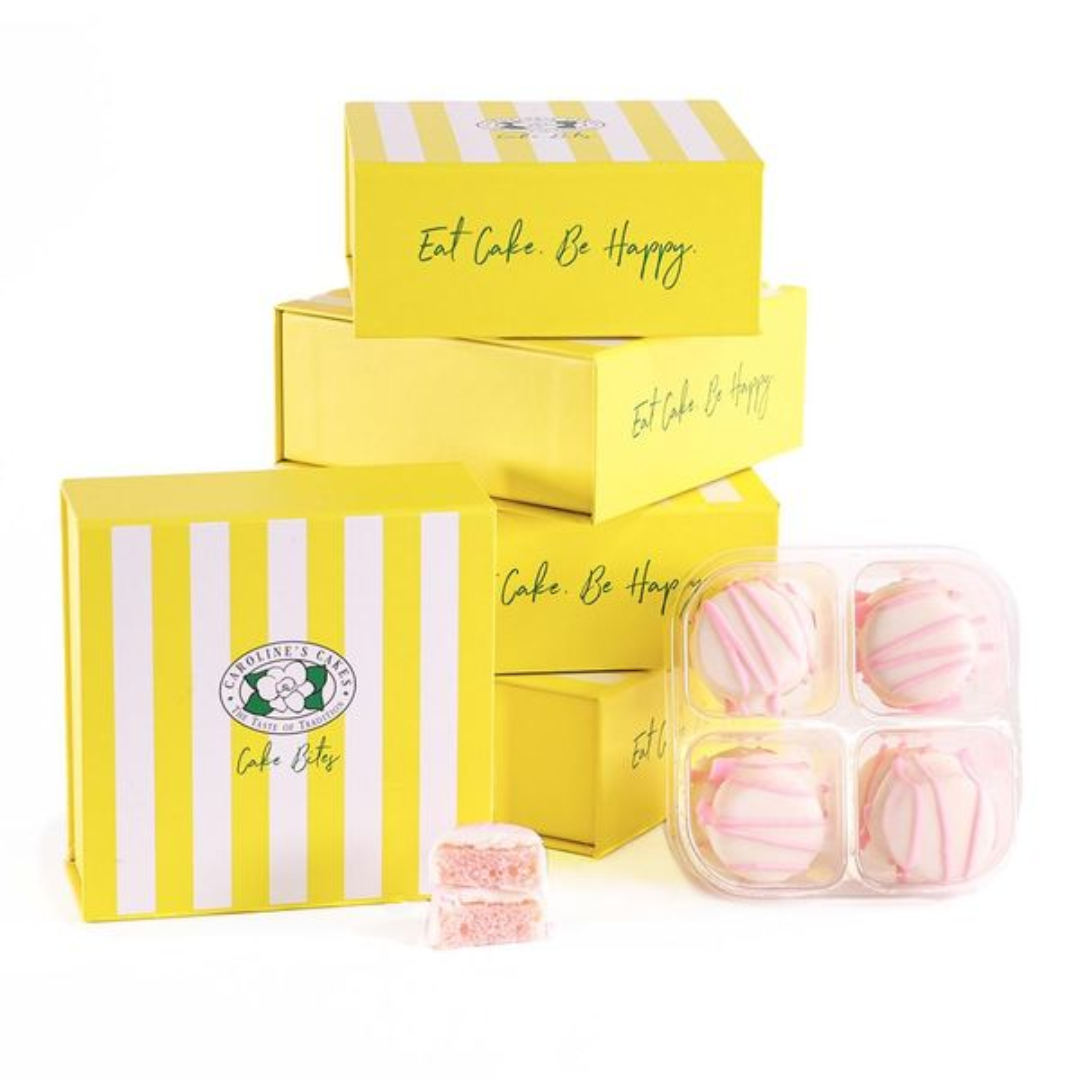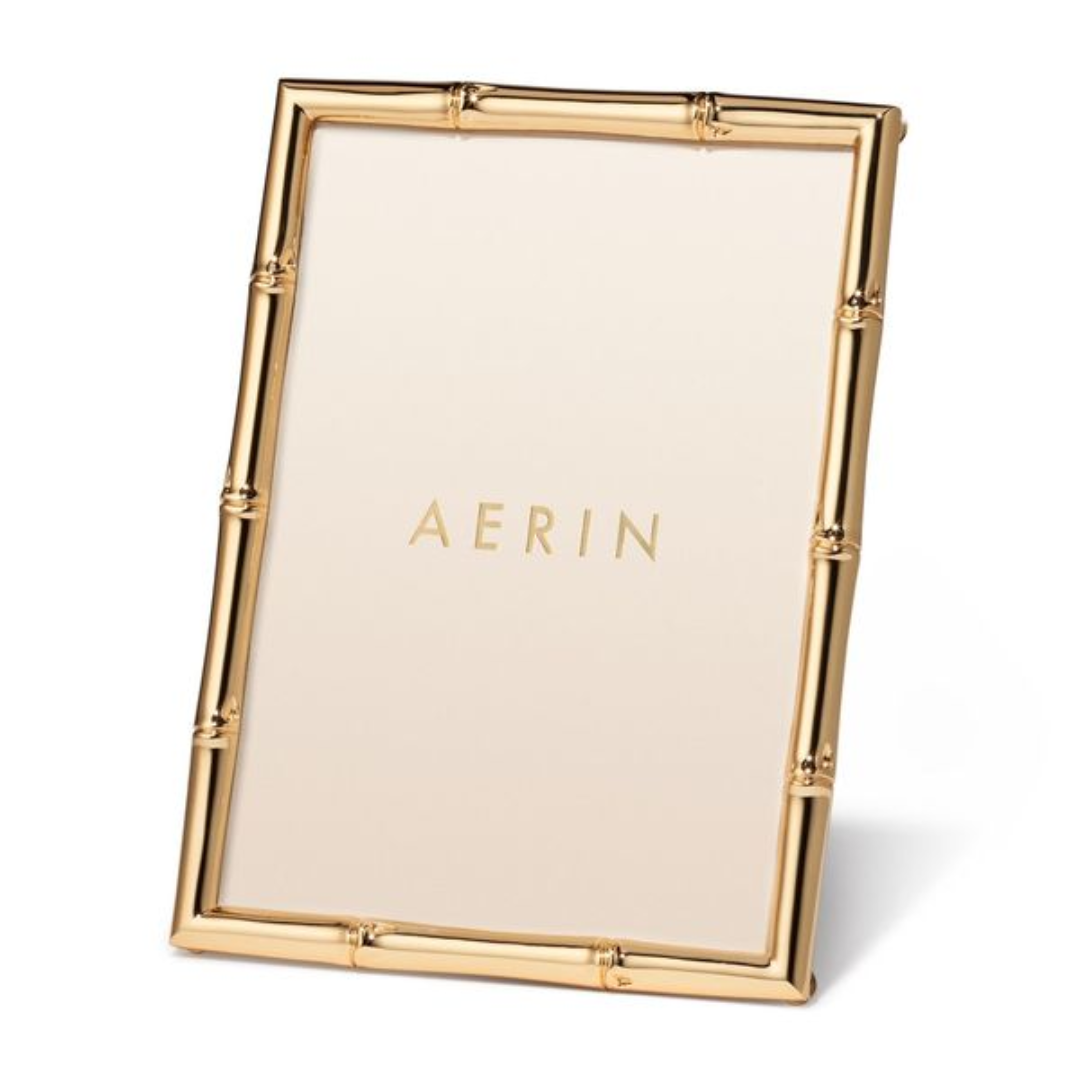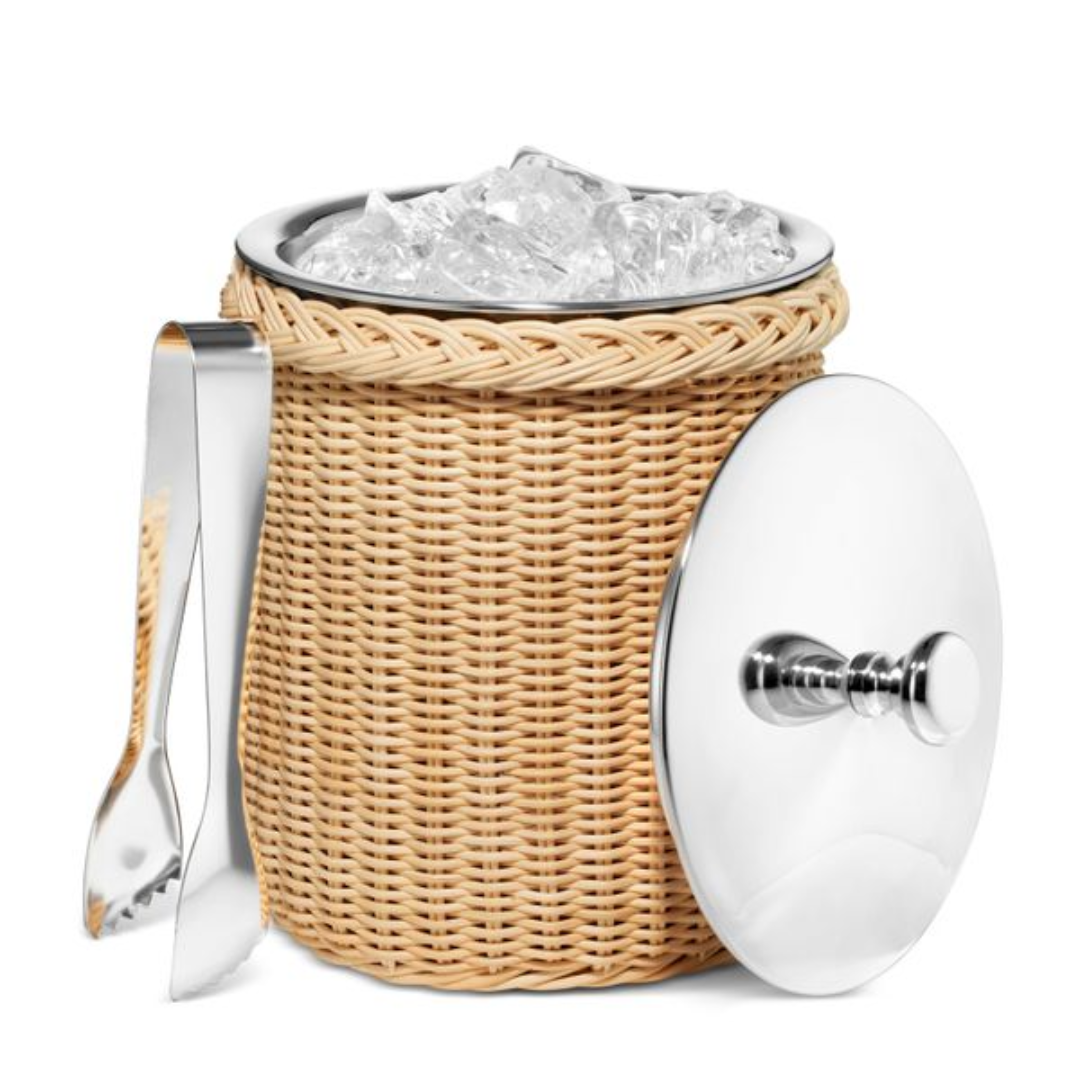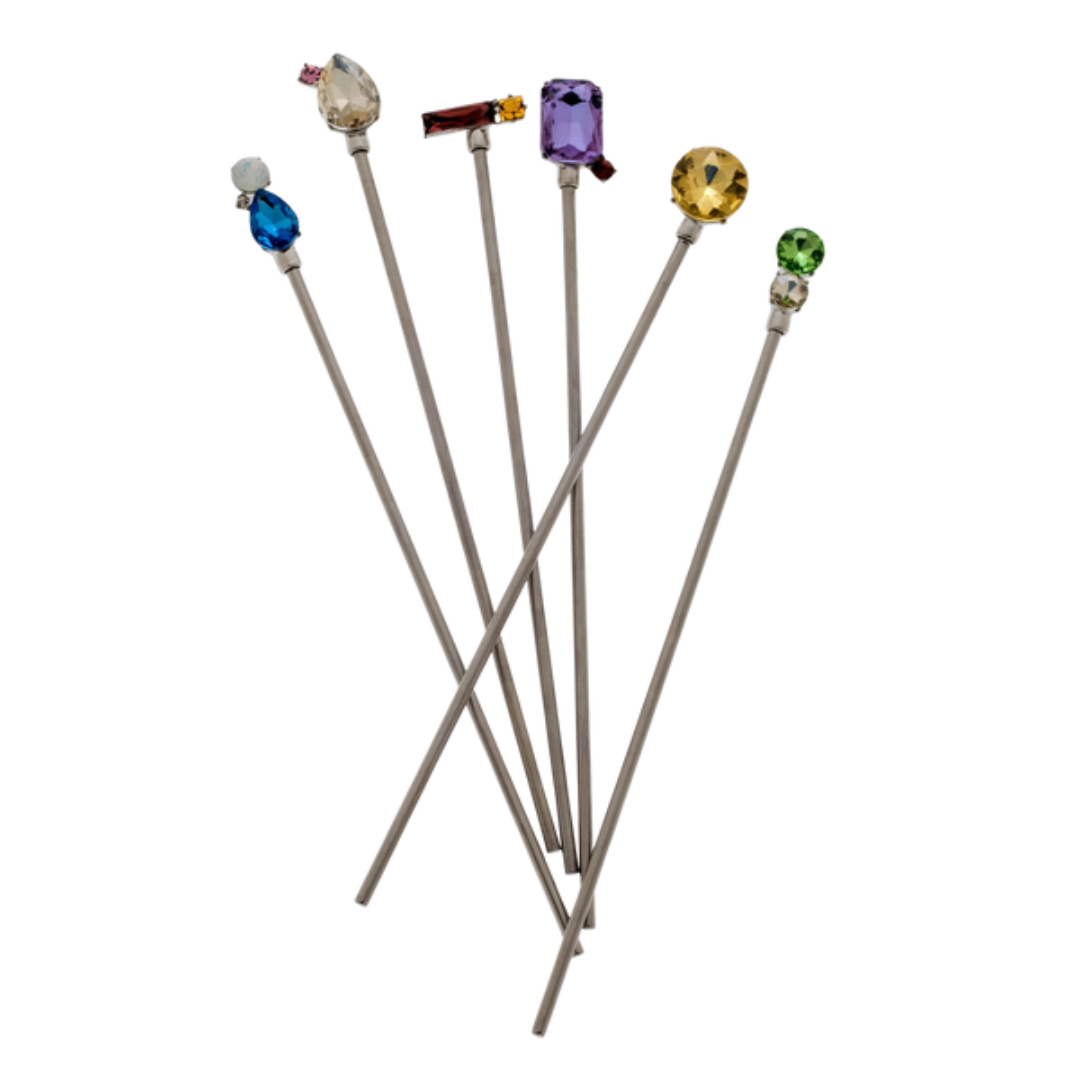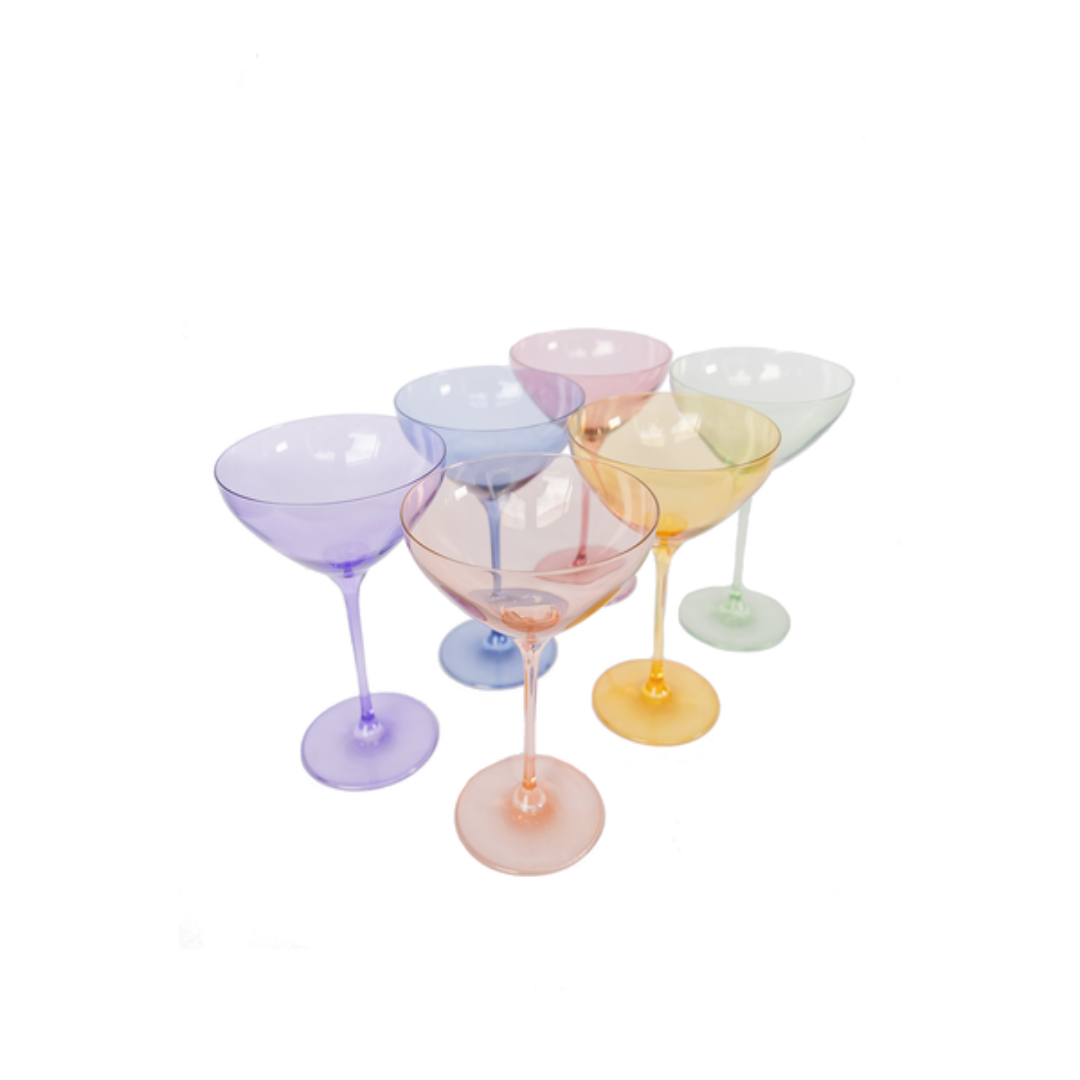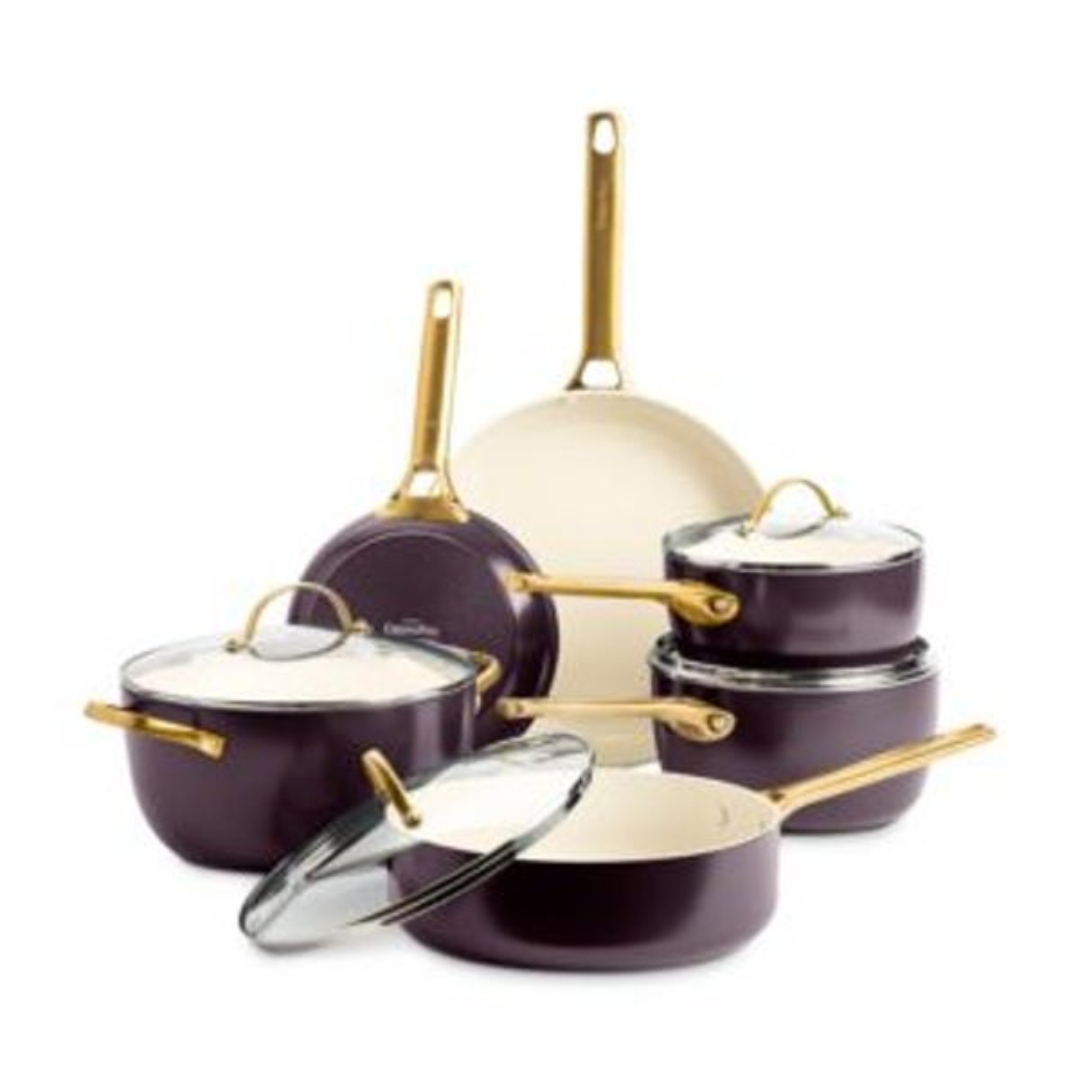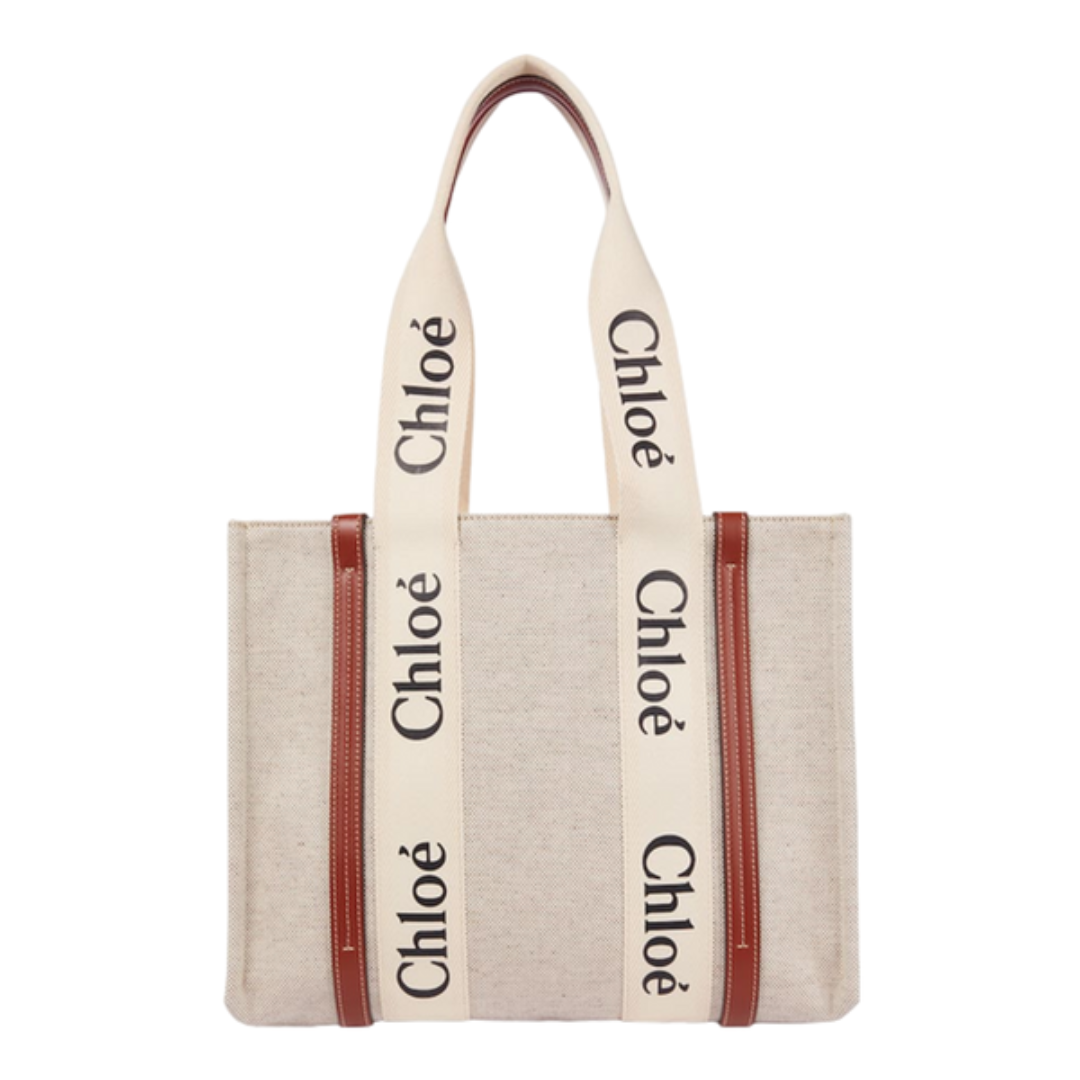Louis Vuitton Escale au Pont-Neuf: A Pocket-Sized Ode to Paris
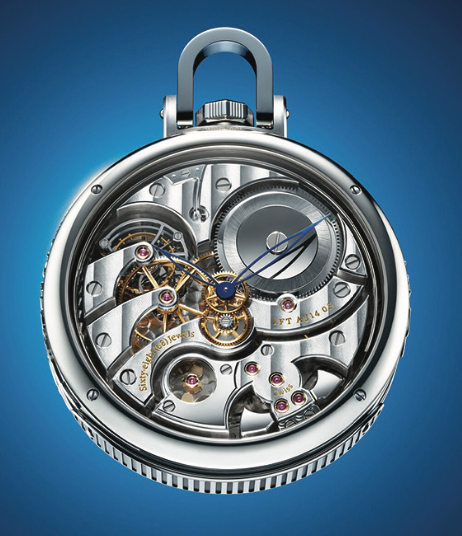
When Louis Vuitton charts a journey in time, it does so with an elegance that borders on theatrical. The Escale au Pont-Neuf is not merely a pocket watch—it is a storybook in motion, a sculptural love letter to the city where the Maison began. With the right bank of the Seine as its muse and its headquarters at 2 Rue du Pont-Neuf as the focal point, Louis Vuitton brings the soul of Paris to life in a kaleidoscope of artistry, innovation, and movement.
This one-of-a-kind creation is the latest chapter in the Escales Autour du Monde collection and quite possibly its most poetic. The dial is a scene: an autumn afternoon in Paris rendered with extraordinary craftsmanship. The iconic Pont-Neuf bridge stretches across the dial in miniature bas-relief, while the Samaritaine department store and a barge carrying Louis Vuitton trunks animate the narrative. At first glance, it is a still life—but with the slide of a discreet lever, the scene springs into motion.
Seven separate animations and thirteen moving elements bring the city to life. Sparrows hop, leaves swirl, water glistens, and a compass spins. It is horology elevated to performance art—mechanics choreographed with an almost balletic grace. Beneath the surface, the technical feat is just as impressive. At its heart is the LFT AU14.03 caliber, a hand-wound movement with tourbillon, minute repeater, and automaton module. Composed of 561 components and over 630 beveled angles, the mechanism is assembled by a single master watchmaker and required more than 1,000 hours to complete.
As always, the Maison draws upon its unrivaled stable of artisans. The enamel work alone demands awe: the miniature painting of the Parisian sky, layered in up to 15 coats and fired up to 30 times, shifts from deep blue to translucent milk-white. Gold engraving, gem-setting, and sculptural micro-carving complete the tableau. Every element—the rippling water, fluttering flags, the tiny mascarons on the bridge—is handmade in painstaking detail. It is Paris, reimagined through the lens of time.
Even the bezel becomes part of the story. Sixty baguette-cut stones—sapphires, tsavorites, tourmalines, and topazes—trace the case like a jeweled garland, mirroring the vibrancy of the dial’s enamel palette. On the reverse, a second dial shows traditional timekeeping beneath a sapphire caseback, offering both utility and intimacy.
True to its heritage, Louis Vuitton has packaged this creation in an equally exquisite form: a saffron-yellow leather trunk crafted in the brand’s ateliers, along with a white-gold chain inspired by the rails of the Pont-Neuf and a vintage-style Motor’s Bag inspired by 1906 travel pouches. The presentation is as layered and thoughtful as the watch itself.
In a time when watches compete on speed, scale, or status, Louis Vuitton dares to create something slower, softer, and infinitely more enduring. The Escale au Pont-Neuf is not content to be admired from behind glass. It moves. It speaks. It enchants. And like the city that inspired it, it reminds us that true beauty lies in detail, devotion, and the delicate collision of memory and innovation.
Images courtesy of Louis Vuitton



